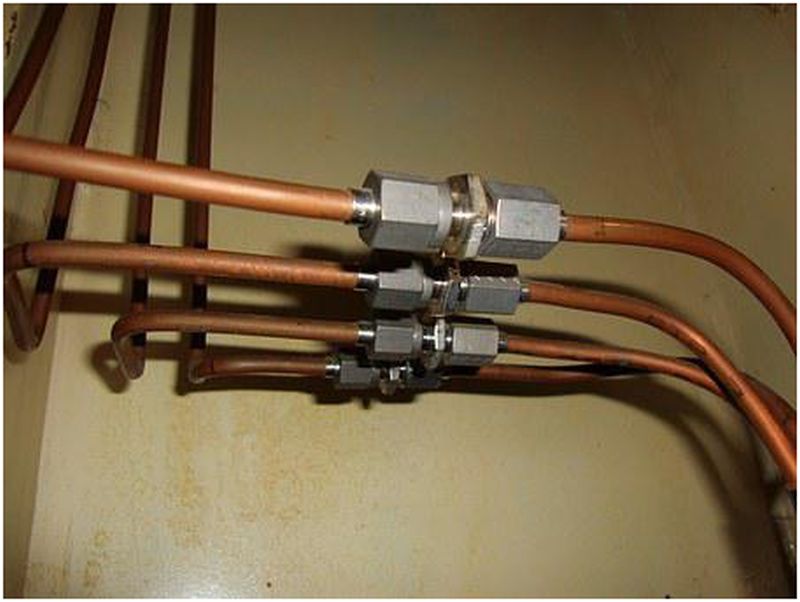Most people only remember they have such a thing as a water heater at home when it stops working. Sadly, it’s often too late when it gets to this point, leading to costly replacements. However, you can stay one step ahead of your problems and be ready if a problem arrives. Here, you’ll learn to identify and fix the most common problems you may face with your heater.
Know Your Appliance
We understand that heating systems aren’t the most exciting subject for most homeowners. Usually, people don’t care how it works, as long as it keeps working. However, when it stops, it’s convenient to know a few things about your appliance so that you can call the right professional.
Boilers, water heaters, and furnaces are different in essence and structure. Don’t let the “heater” in the name confuse you: not everything that heats is a water heater. More than heating water, boilers keep your home warmer with it. A water heater only heats water for taps and fixtures. A furnace doesn’t use water; it uses hot air instead.
If you have a boiler and call professionals for tanked water heater repair for a water heater, your problem won’t be sorted. While boilers use pipes, furnaces use ducts. Keep this difference in mind and make sure to call the right professional.
Check below the most common problems you can face with your furnace.
1. Insufficient Heat
You probably won’t be using much of your furnace during this season. Yet, when winter arrives, and you notice that your furnace isn’t the same as last winter, it could be due to several factors.
While you can tackle some of these yourself, others might require professional help. Before reaching the phone, check if the registers are open, if there’s power for the furnace, and if the thermostat settings are correct.
2. Loud Noises
Furnaces shouldn’t be noisy. If it’s got excessively noisy over time, this might be a sign of trouble. Overlooking can lead to expensive repairs, so take immediate action. Common noises include humming, banging, and squealing. Try replacing the filters, oiling the motor, and checking it for possible clogs if you hear something unusual.
3. Faulty Pilot Light or Electronic Ignition
While older furnaces work with a pilot light constantly on, more modern furnaces use electronic components for the task. When the pilot light goes off, the appliance stops working properly. The pilot pipe can be clogged, or it could be a problem with the thermocouple. Both issues are easily fixable.
Electronic ignition issues might be trickier, though. There isn’t much you can do on your own; apart from changing the filter and checking the gas line if there’s a problem with the electronic ignition, the furnace cycles repeatedly and puts out less heat or no heat.
4. Faulty Thermostat
The thermostat is your furnace’s boss. A faulty thermostat fails to control the heating system, which is noticeable via temperature swings, frequent cycling, and no heat. Keep your thermostat free of debris and dust and connected to an adequate power source.
5. Leaky Ducts
Leaky or blocked ducts will also affect your furnace’s efficiency. If you notice a decrease in heating output, check the ductwork for cracks and leaks. Those are usually quite simple issues to solve. Use metal duct tape to seal any leaks and cracks you find.
Planning Ahead

Although winter might feel like it’s ages away, it’s advisable to inspect and double-check your heating appliances now. Doing so will avoid having problems with them during the season when they’re most in demand. Don’t hesitate to call a professional if the tips given for each case don’t work.
Article Submitted By Community Writer




